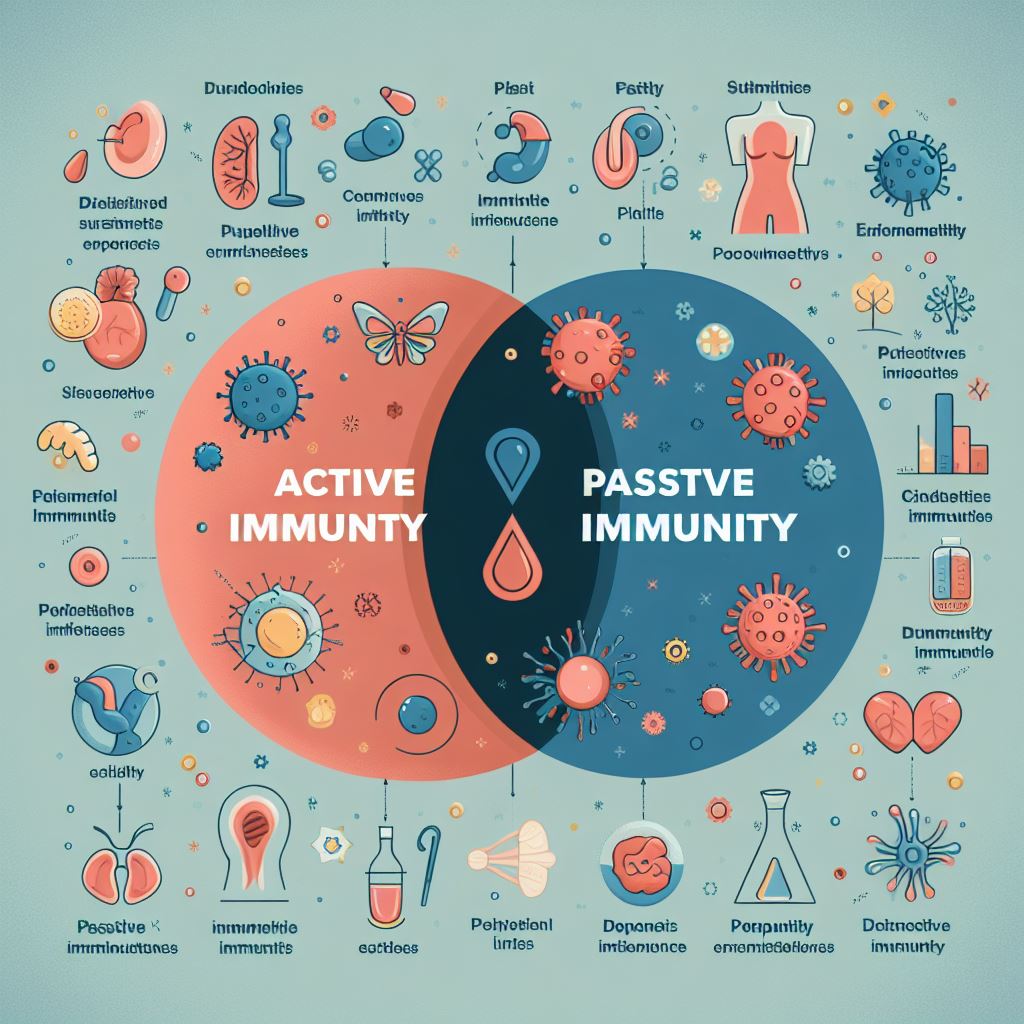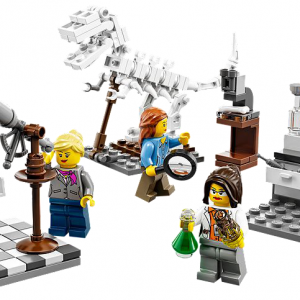How to Understand Active vs. Passive Immunity
Guardians of Health: The Immune System Unveiled
The immune system, a formidable defender of the body, comes equipped with intricate mechanisms to fend off invaders. Within this complex fortress, two essential strategies emerge: active and passive immunity. Let’s unravel the distinctions between these two pillars of immune defense.

Active Immunity: A Vigilant Sentinel
The Blueprint of Defense: Vaccination
Active immunity involves the body’s proactive response to a pathogen, creating a robust defense mechanism. Vaccination, a prime example, introduces weakened or inactive forms of a pathogen, prompting the immune system to produce antibodies and build a memory of the threat. This preparedness ensures a swift and targeted response upon encountering the actual pathogen.
Enduring Protection: Long-Term Immune Memory
One of the key attributes of active immunity is the establishment of immune memory. The immune system retains a blueprint of the encountered pathogen, enabling it to mount a rapid and effective defense upon subsequent exposures. This enduring protection is a hallmark of active immunity.
Passive Immunity: Borrowed Shields for Immediate Defense
Ready-Made Defenses: Antibodies on Loan
In contrast, passive immunity involves the transfer of ready-made antibodies rather than the production within the body. This can occur naturally, such as through maternal transfer of antibodies during breastfeeding, or artificially, through the injection of antibodies, as seen in certain medical interventions. Passive immunity provides immediate protection but lacks the long-term memory characteristic of active immunity.
Temporary Guardianship: A Short-Lived Shield
While passive immunity offers swift protection, it is temporary in nature. The borrowed antibodies gradually diminish over time, leaving the recipient without a lasting defense. This transient shield is well-suited for immediate threats but requires repeated administrations for sustained protection.
Navigating the Immune Landscape: Active and Passive in Harmony
In the symphony of immune defense, active and passive immunity play distinct yet complementary roles. Active immunity stands as the architect of long-term protection, fortifying the body’s defenses through vaccination. On the other hand, passive immunity acts as the swift responder, providing immediate but temporary safeguards against threats.
Conclusion: The Dynamic Dance of Immunity
As we delve into the intricacies of the immune system, the interplay between active and passive immunity unfolds. Together, they form a dynamic defense network, safeguarding the body against a myriad of challenges. Whether through the orchestrated response of active immunity or the immediate intervention of passive immunity, the immune system emerges as a marvel of biological ingenuity, tirelessly working to preserve the delicate balance of health and well-being.


